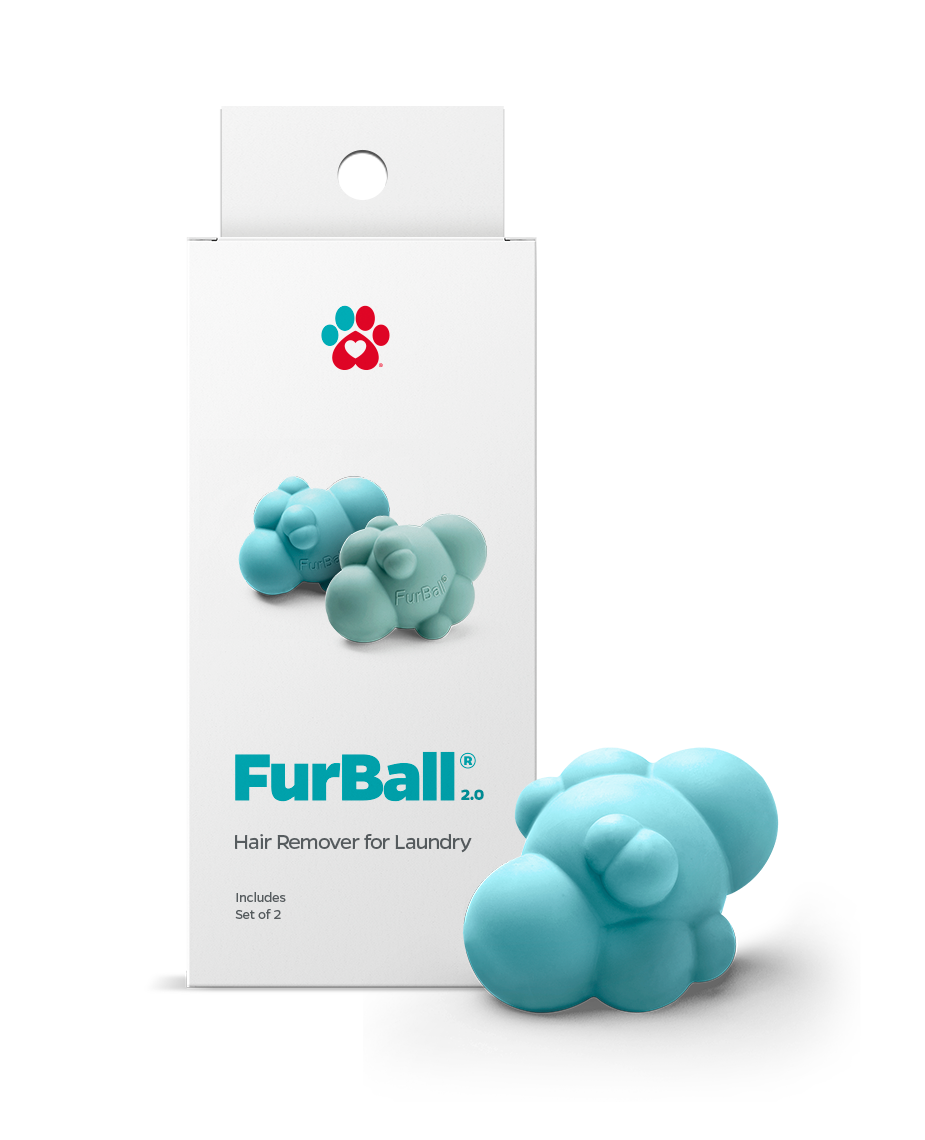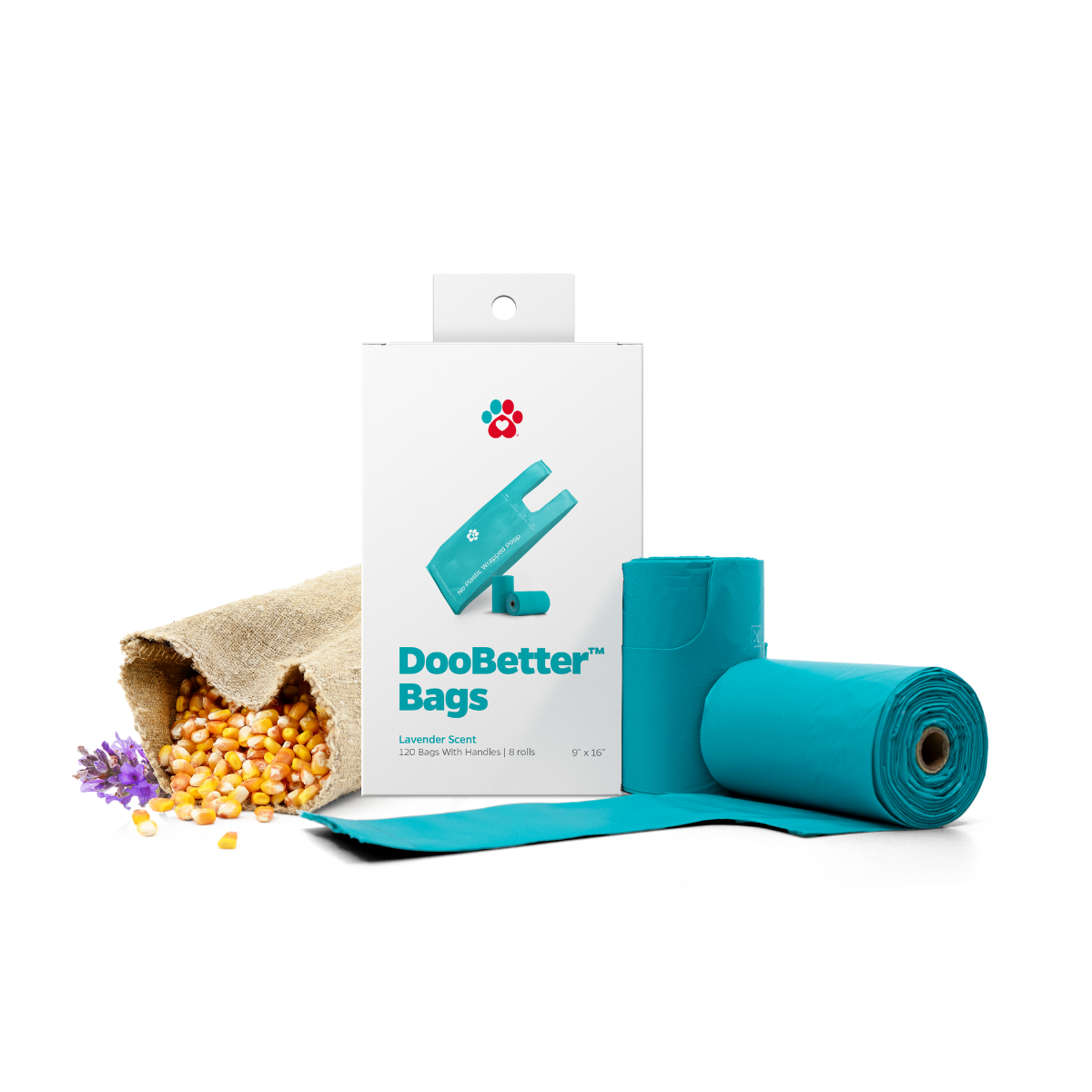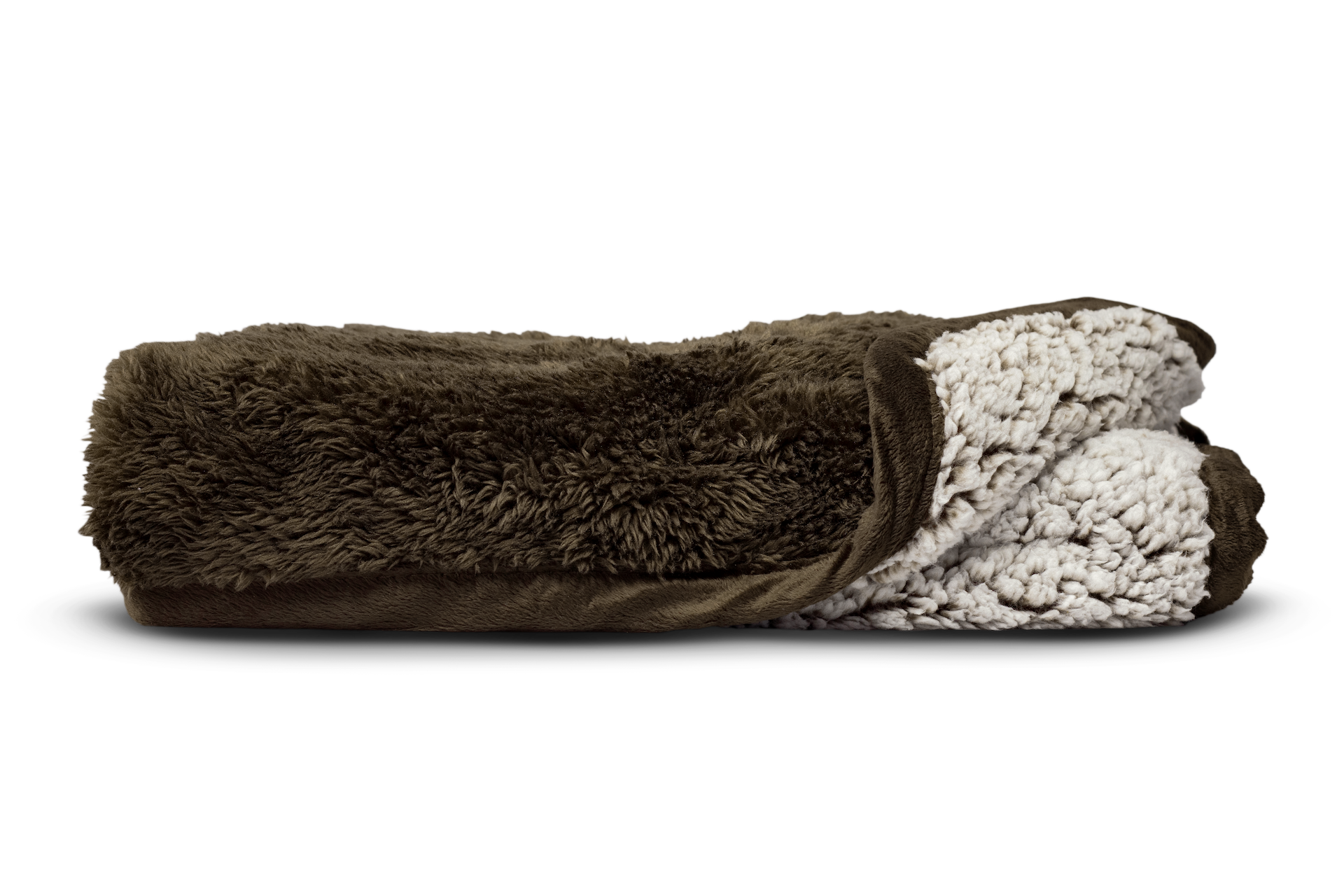All dogs need exercise, regardless of their age, size, breed, and health condition. Although exercising your dog often means physical activities, it is not limited to that. Dog exercises can also focus on stimulating your furbaby mentally. Exercising your dog helps them behave better, be calmer, and be focused.
This Pet Parents® Guide will discuss the benefits of exercising your dog, how much exercise your dog needs, and examples of activities that you and your furbaby can do together.

"Dog exercises will help curb behavioral problems like excessive barking, chewing, digging, and anxiety."
Benefits of Exercising Your Dog
Dog exercises will help curb behavioral problems like excessive barking, chewing, digging, and anxiety. It also helps build your dog’s confidence and strengthen their trust in you. Here are other benefits to exercising your dog.
Curb Obesity
Dogs who do not exercise are prone to developing health problems, particularly dog obesity. Obesity is one of the most common and life-threatening health concerns in dogs. According to VCA Animal Hospital, around 25-30% of the general dog population have been diagnosed as obese, with 40-45% of dogs aged 5-11 years old weighing higher than their average healthy weight.
Exercising your dog, along with a proper diet, portion control, and medical care, helps maintain a dog’s healthy weight.
Better Mental Health
Regular exercises benefit your dog’s mental health. Dog exercises can help decrease your dog’s stress and anxiety and improve your dog’s socialization skills. When exercising, dogs produce endorphins that cause them to feel happy.
If your dog is exercising, they become less anxious, which reduces destructive behaviors like chewing and having potty accidents.
Maintain Joint Health
While exercising helps keep your furbaby fit, it also helps maintain good joint health. If your dog is given the proper exercise for their age, weight, and health condition, their muscles become stronger and their joints remain lubricated, which results in fewer hip and joint problems in the future.
How Much Exercise Does Your Dog Need?
Though all dogs need exercise, not all need the same amount of activity. Considering age, breed, weight, health condition, and other factors will determine how much exercise they should get. For dogs with mobility or hip and joint concerns, an intense workout might do them good and might worsen their current health condition.
There are no specific rules on how much exercise is needed for every dog as they differ in the circumstances, but according to 1800 PetMeds, a general rule of thumb says exercising your dog for 30 minutes to 2 hours a day is healthy for them.
If you’re unsure how much exercise your dog should have, speak to your vet. Your vet may perform physical tests on your dog and will advise what exercises are right for them.
For Puppies
Puppies need plenty of exercises because they have lots of energy! If you have a puppy at home, several short walks in a day will keep them happy and at a healthy weight. Since your pup’s bones are still growing and developing, make sure their exercises aren’t so exhausting and straining that they become harmful for their fragile hips and joints.
For Adult Dogs
For adult dogs, exercise depends on their health. High-energy dogs require more exercise. These dogs are always ready for action as they were initially bred to perform a task or a job and must have the stamina to put in for a workday. High-energy dogs include Beagles, American Pit Bull Terrier, Boston Terriers, Dalmatians, and German Shepherds. On the other hand, low-energy dogs don’t have as much stamina, so require less exercise. Low-energy dogs include Chow Chows, Bulldogs, Saint Bernards, and Pugs.
Different Ways to Exercise Your Dog
There are a lot of different ways to exercise your dog, both physically and mentally. When exercising outside, always consider the weather. If the weather is too warm or too cold, make sure your dog is appropriately dressed, has access to water, and only stays outside for limited periods of time to reduce risk of heatstroke or frostbite.
Walking
It might seem basic, but walking your dog regularly is great exercise. If you opt to walk your dog on a leash, you have complete control over where they should be going, and you can manage any situation. If you opt to walk your dog off-leash, your dog will be able to walk at their own pace and take their time to explore the things around them. Some health benefits of walking your dog include better cardiovascular fitness, lowered blood pressure, and stronger bones and muscles.
Running
Running is an excellent form of cardio and stamina-building. But since it is high-impact, this can be risky for your dog unless your veterinarian has cleared them for this type of exercise. Even if your dog is fit to run with you, make sure to run properly.
- Avoid running on hard surfaces like on streets and sidewalks, as these areas might be challenging for your furbaby’s body.
- Always keep watch for uneven surfaces, sharp stones, and other outdoor hazards.
- Run during the cooler times of the day during the summer.
- Bring a water bottle with you and take frequent water breaks.
- If you see heat exhaustion signs in your furbaby, stop running immediately and help them cool down. You may have to take them to the vet if their condition worsens.
Play Fetch
The game of playing fetch is a rewarding exercise for your dog. As mentioned by Dog Training Me, playing fetch allows your dog to exhibit and bring out their athletic nature, satisfy their instincts, and burn excess energy. This is also a convenient form of exercise, because you don’t need to go far. You just need a yard space and a ball or a frisbee.
Take into consideration that some dogs only chase the ball, some chase it but never return it, and some are just natural-born fetchers. If your dog does not know how to fetch, they may need a little training.
Swimming
This low-impact and non-weight-bearing exercise is good for a furbaby with hip and joint issues. Because swimming movements are different from the usual way your dog moves on solid surfaces, it betters their motion and mobility.
Brain Games
Toys and enrichment games are great exercises for dogs, particularly those not fit enough to do high-energy physical activities. Toys help mentally stimulate your dog and help them analyze and focus.
Our Forager® Mats are premium snuffle mats for dogs that stimulate them to use their sense of smell and natural foraging instincts to hunt for food hidden within the mat. These snuffle mats not only give your furbaby a fun, interactive eating experience but also help burn calories!
Tricks
Learning tricks are another mentally-stimulating exercise for your furbaby. You may teach them some basic obedience commands like sit, stay, come, and go. You can also teach more complicated tricks, such as giving a high five, shaking hands, or rolling over.
Exercising your dog may seem like an easy task, but it requires time, commitment, and knowledge so your furbaby can exercise safely, happily, and healthily.
Though all dogs need exercise, not all need the same amount of activity. Considering age, breed, weight, health condition, and other factors, some dogs may need more or less than others.










